International Heritage Centre blog
Conserving the Leeds Guardian Home papers
Conserving the Leeds Guardian Home papers
In 2013, I opened a box of records that had come to us after many years spent in various unsuitable storage locations. Inside I found around twenty bundles of papers that had been badly damaged by water and mould. The mould on the documents was no longer live but was still harmful to breathe in. The bundles were also set firmly into their folds and the paper had become brittle with age, so they couldn’t be opened or read without causing further damage.
With careful handling we were able to work out that the papers were records relating to the Leeds Guardian Home which occupied a building called Spring Grove House on Alexandra Road in Leeds. Its name came from the Leeds Guardian Society who had taken it over in 1895. The Society’s founding aim was to provide ‘asylum for females who have been devoted to vice, but who are desirous of returning to the paths of virtue’.[1] However, in 1909 the Society found itself ‘in difficult circumstances’ so its Trustees asked The Salvation Army to take over the running of the Home. The Salvation Army had been conducting women’s rescue work of a similar nature since 1884 and already ran a Women’s Temperance Hotel nearby, so it readily agreed to the takeover.
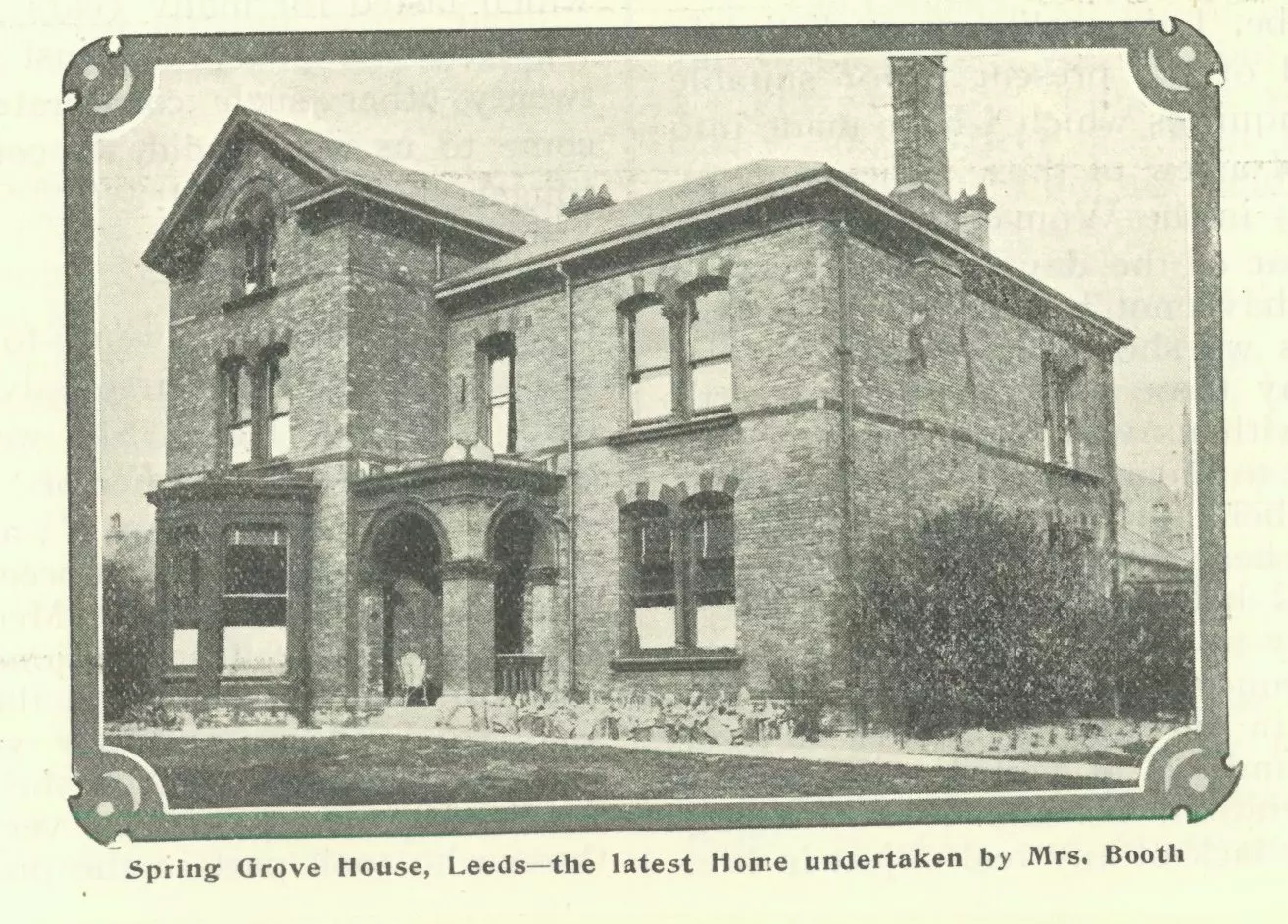
When we realised that the damaged documents related to this home we were simultaneously thrilled and disappointed: disappointed at the poor condition we found the records in, but thrilled because we have no other surviving archives about the home. This made them a priority for conservation treatment.
Ruth Stevens and Ian Watson of the Sussex Conservation Consortium treated the collection for us. Their investigations revealed that three varieties of mould had grown amongst the papers, but as the spores had dried out, most could easily be brushed away. Dry cleaning surface dirt and removing the rusted metal fastenings were the first steps in the conservation process. However, initial cleaning revealed that the mould had penetrated the paper fibres to such an extent that some stains would be impossible to remove completely. Even so, the improvement to the documents’ appearance is remarkable and they can now be handled without risk to health.
The next stage was to flatten out the folded bundles. This involved introducing a small amount of humidity to make the brittle papers more flexible, then allowing them to dry flat under weights. Overall this proved very successful, but the process had one unfortunate side effect. It reactivated the black mould spores that were still present in one of the bundles of papers. This bundle had to be given a wet treatment using a mix of water and industrial methylated spirits to kill the mould. From now on the collection will stay in one of our climate controlled stores where the temperature and humidity are kept low so reactivation of the mould shouldn’t occur. We’ll still be checking this batch regularly just to make sure.
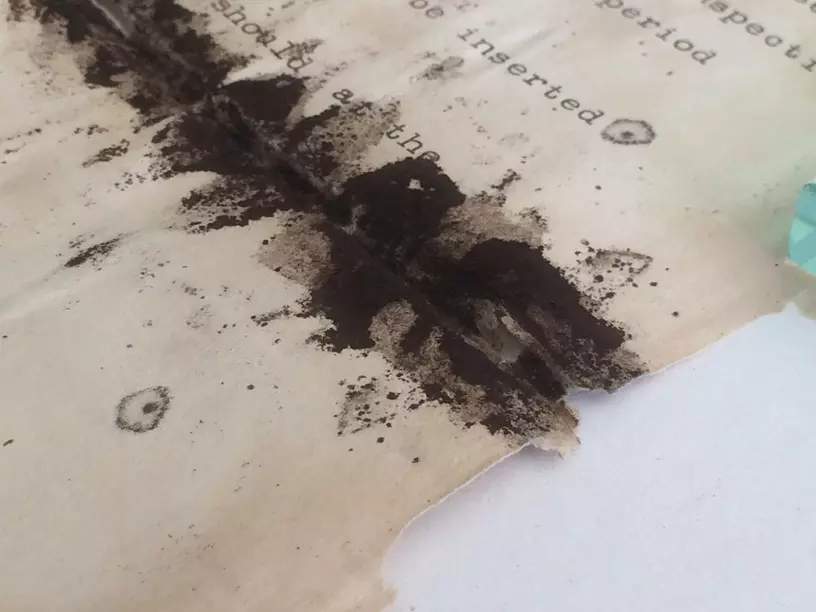
The final stage was to repair any holes, cracks, tears and other signs of wear. Most documents had become very fragile around the edges due to age, careless handling and poor storage, but some had developed holes as a result of mould or from wear along the folds. Where necessary, holes were infilled with handmade Japanese paper and some sheets were also lined with very fine paper to provide support. The documents were then placed in small batches in close-fitting archival folders, which will be kept in suitable boxes.
Thanks to this treatment, the collection’s future is ensured. We will now be able to catalogue the documents, which provide a new window into the history of the Leeds Guardian Home. However, as an added bonus, Sussex Conservation supplied us with digital photographs of every document in the collection. This will minimize the need to handle the originals and prolong their lives even further.
Ruth
March 2017
[1] Edward Parsons, The Civil, Ecclesiastical, Literary, Commercial, and Miscellaneous History of Leeds, Halifax, Huddersfield, Bradford, Wakefield, Dewsbury, Otley and the Manufacturing District of Yorkshire: Volume II (Frederick Hobson: Leeds, 1834).
Read other blogs from the Heritage Centre
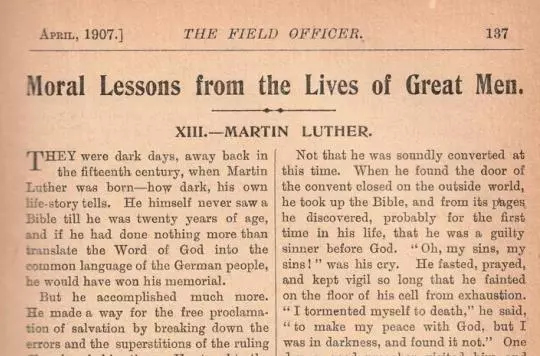
“Such a candle as I trust shall never be put out”: The Salvation Army and the Reformation
On 31 October 2017 it is 500 years since Martin Luther (probably) nailed his 95 theses to the door of the Schlosskirche in Wittenberg...
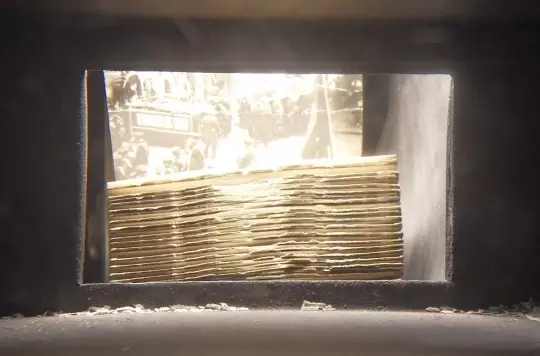
Riches indeed!
Our new Research Assistant, Major Mel Jones, gives his first impressions of working at the Heritage Centre...
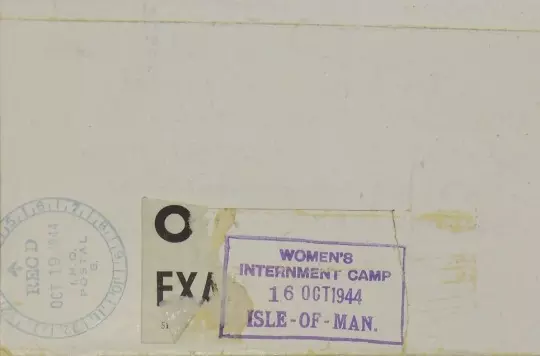
‘…behind the barbed wires’: internment on the Isle of Man
Explore the letters of officers Lieutenant-Colonel Walter and Esther Busse, interned as 'Enemy Aliens' for over five years during the Second World War...
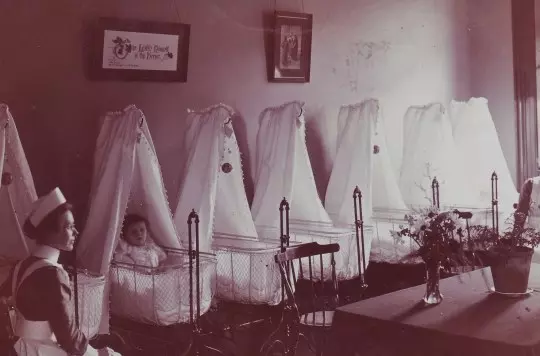
First World War Babies
Between 1897 and 1972, women seeking admission to Salvation Army homes in the United Kingdom were interviewed at The Salvation Army’s Women’s Social Work (WSW) headquarters in London...